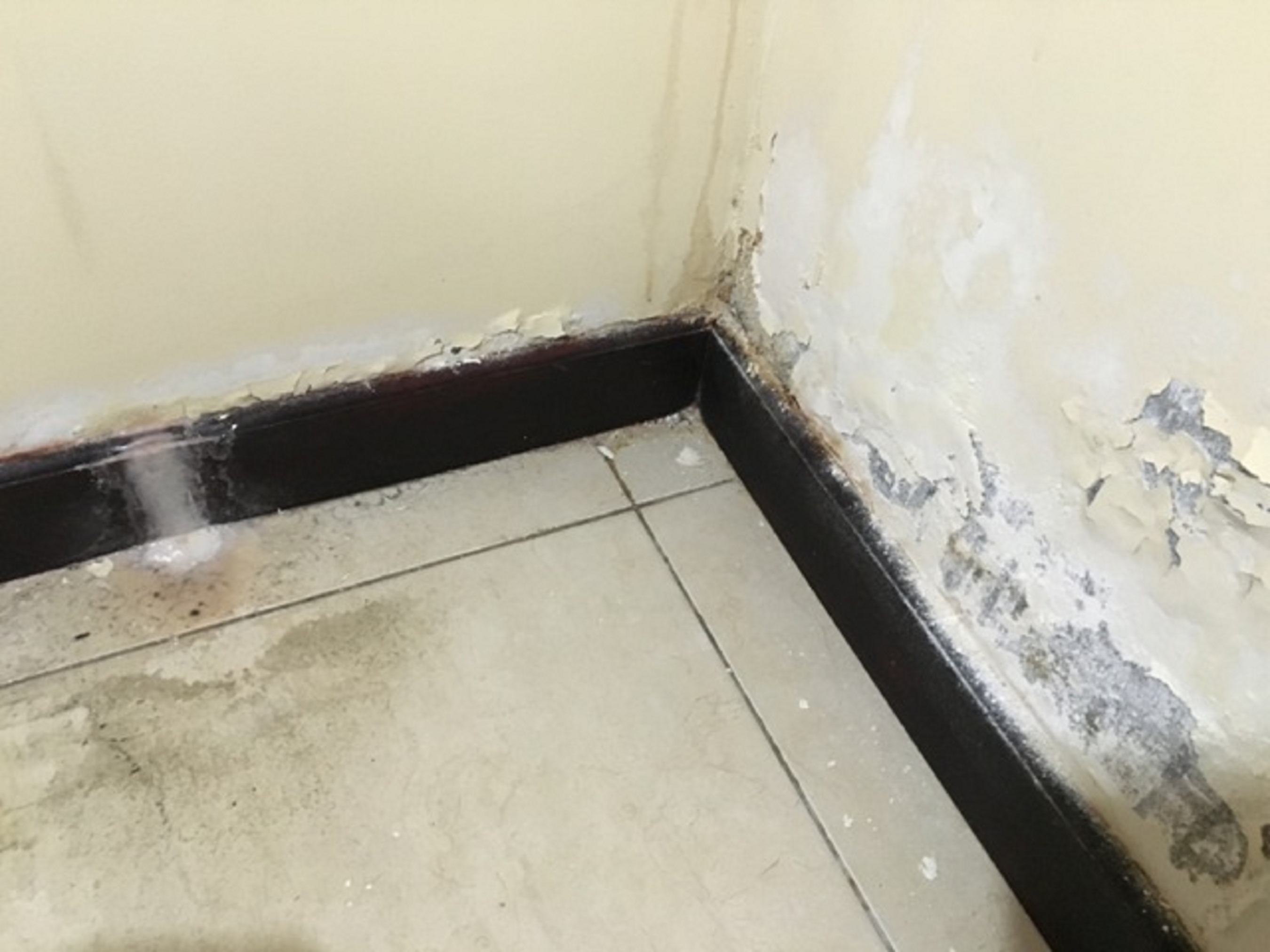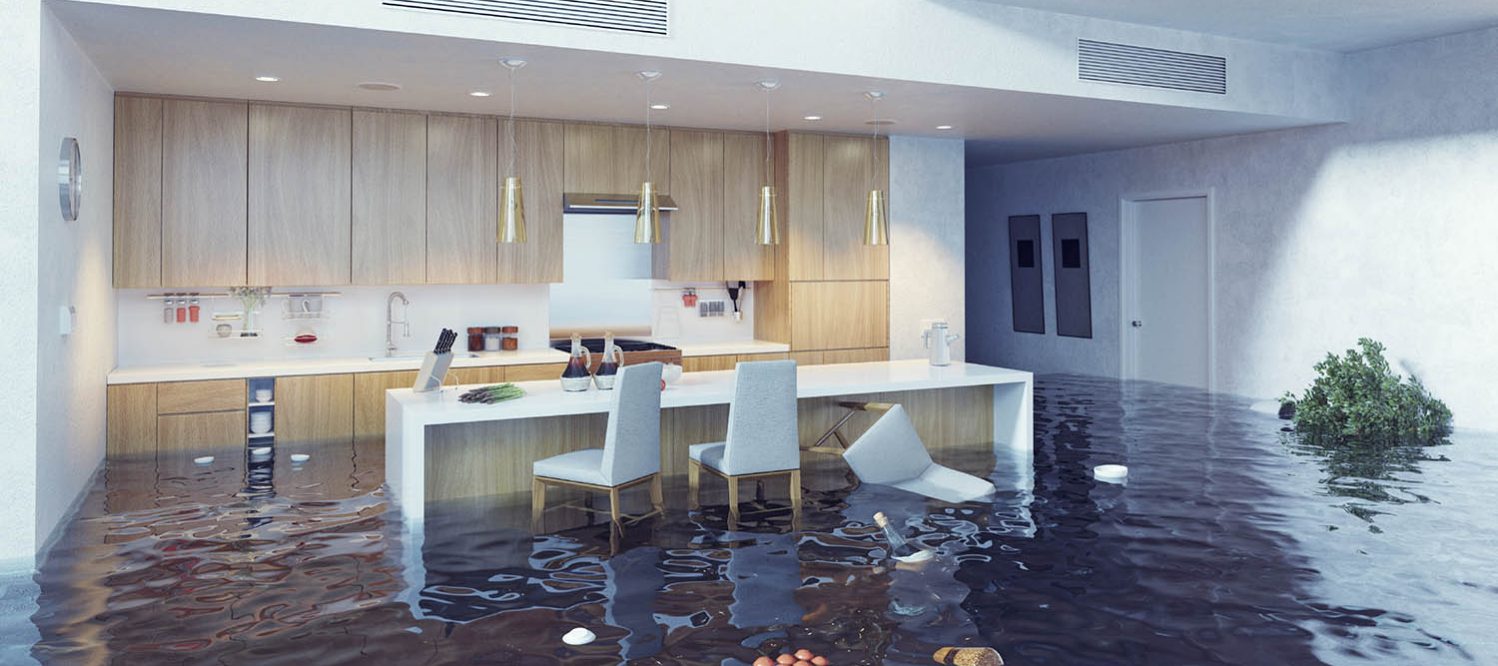Do's and also Don'ts Throughout Water Damage Emergencies.
Do's and also Don'ts Throughout Water Damage Emergencies.
Blog Article
We've discovered the article on What You Can Do At Home To Prevent Fire And Water Damage directly below on the web and figured it made perfect sense to talk about it with you over here.

Water gives life, but water intrusion on some components where it's not intended to be can cause damages as well as hassle. It can peel away the surface area as well as erode the product's foundation if the water permeates right into your structure. Mold and also mildew also prosper in a damp setting, which can be harmful for your and also your household's wellness. Furthermore, residences with water damage scent old and musty.
Water can come from numerous sources like tropical cyclones, floodings, ruptured pipelines, leakages, and also sewer issues. If you have water damage, it's better to have a functioning understanding of safety and security precautions. Here are a couple of standards on exactly how to take care of water damage.
Do Prioritize Home Insurance Coverage
Seasonal water damages can originate from floods, seasonal rains, and also wind. There is likewise an occurrence of a sudden flooding, whether it came from a faulty pipeline that all of a sudden bursts right into your home. To secure your home, obtain home insurance policy that covers both acts of God such as all-natural disasters, and also emergencies like damaged plumbing.
Don't Fail To Remember to Switch Off Utilities
When calamity strikes and you're in a flood-prone area, switch off the main electrical circuit. Switching off the power prevents
When water comes in as water serves as a conductor, electrical shocks. Don't fail to remember to switch off the main water line shutoff as a means to stop more damage.
Maintain your furniture steady as they can move around as well as trigger extra damage if the floodwaters are getting high.
Do Stay Proactive and also Heed Climate Signals
If you live in an area pestered by floodings, remain ready and proactive at all times. Listen to the news and evacuation warnings if you live near a body of water like a creek, lake, or river .
Do Not Ignore the Roof
Before the weather turns terrible as well as for the worse, do a roofing inspection. A far better behavior is to have a yearly roof inspection to minimize intricate problems and future troubles. A great roofing system without leakages as well as openings can be a great guard against the rainfall as well as a device to prevent rainfall damage. Your roofer must take care of the malfunctioning seamless gutters or any other signs of damages or weakening. An inspection will stop water from moving down your wall surfaces and soaking your ceiling.
Do Focus On Tiny Leakages
There are red flags that can draw your interest and also indicate to you some damaged pipelines in your home. Indications of red flags in your pipelines consist of gurgling paint, peeling wallpaper, water streaks, water spots, or trickling audios behind the walls. Repair work and also evaluate your plumbing repaired before it results in enormous damages to your residence, funds, and also a personal headache.
Don't Panic in Case of a Burst Pipe
Timing is key when it comes to water damage. If a pipe bursts in your house, promptly closed off your primary water valve to cut off the source as well as avoid more damage. Call a reliable water damages repair expert for support.
Water gives life, but water breach on some components where it's not meant to be can result in damage and aggravation. In enhancement, houses with water damage scent old as well as moldy.
Seasonal water damage can come from floodings, seasonal rainfalls, and wind. Indicators of red flags in your pipes consist of bubbling paint, peeling off wallpaper, water streaks, water discolorations, or leaking sounds behind the walls. If a pipeline bursts in your residence, immediately closed off your main water valve to reduce off the source as well as prevent more damages.
Some Do's & Don't When Dealing with a Water Damage
DO:
Make sure the water source has been eliminated. Contact a plumber if needed. Turn off circuit breakers supplying electricity to wet areas and unplug any electronics that are on wet carpet or surfaces Remove small furniture items Remove as much excess water as possible by mopping or blotting; Use WHITE towels to blot wet carpeting Wipe water from wooden furniture after removing anything on it Remove and prop up wet upholstery cushions for even drying (check for any bleeding) Pin up curtains or furniture skirts if needed Place aluminum foil, saucers or wood blocks between furniture legs and wet carpet Turn on air conditioning for maximum drying in winter and open windows in the summer Open any drawers and cabinets affected for complete drying but do not force them open Remove any valuable art objects or paintings to a safe, dry place Open any suitcases or luggage that may have been affected to dry, preferably in sunlight Hang any fur or leather goods to dry at room temperature Punch small holes in sagging ceilings to relieve trapped water (don't forget to place pans beneath!); however, if the ceiling is sagging extremely low, stay out of the room and we'll take care of it DO NOT:
Leave wet fabrics in place; dry them as soon as possible Leave books, magazines or any other colored items on wet carpets or floor Use your household vacuum to remove water Use TV's or other electronics/appliances while standing on wet carpets or floors; especially not on wet concrete floors Turn on ceiling fixtures if the ceiling is wet Turn your heat up, unless instructed otherwise

I am very occupied with Fire And Water Damage Prevention and I really hope you appreciated the new article. Are you aware of somebody who is fascinated about the subject? Do not hesitate to share it. I am grateful for your time. Visit again soon.
Report this page